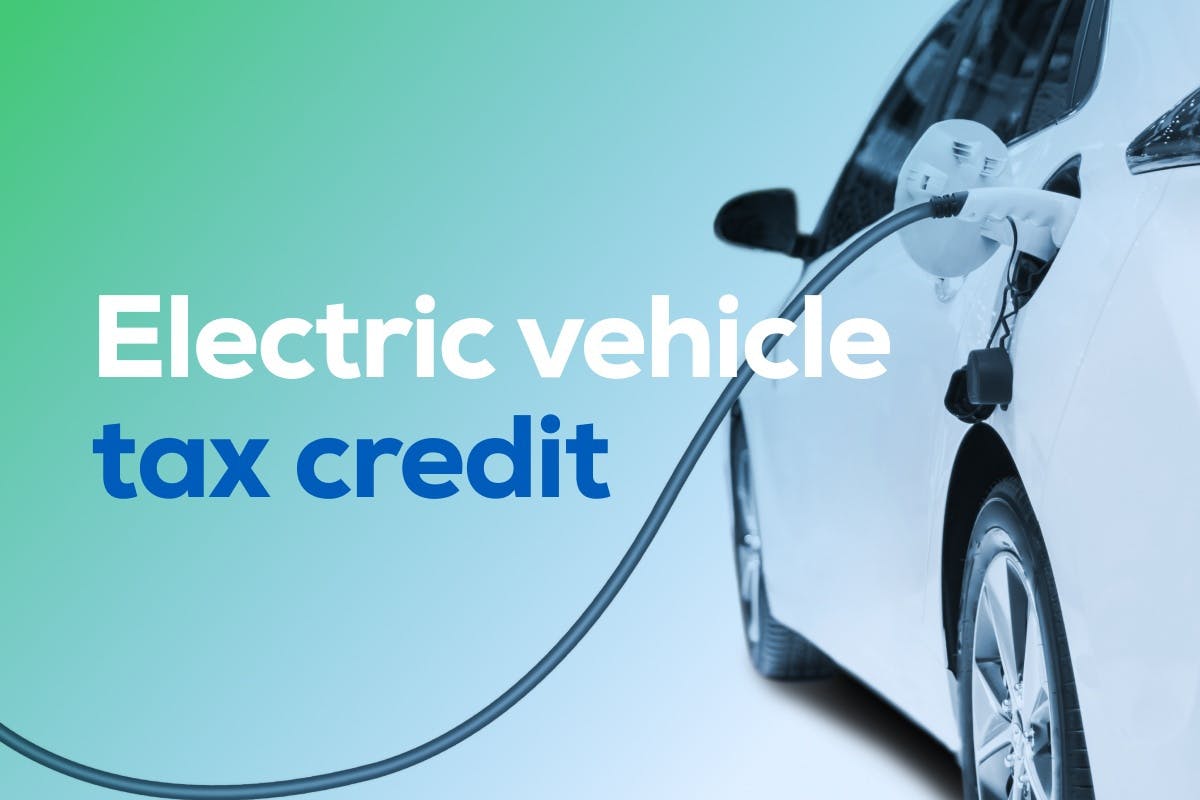In the early 2010s, as electric cars became more popular and IRS started giving money back to people who bought them. At first, the credits were small and only for certain types of electric cars. But things changed a lot with the COVID-19 pandemic in 2020. It showed how fragile the car-making supply chain was. So, the government stepped in and made big changes to how it helps people buy electric cars with the Inflation Reduction Act (IRA).
2024: Big Changes for Electric Vehicle Tax Credits
Now, if you want a tax credit for buying a new electric car you have to be really careful. There are two kinds of credits from $3750 to $7500 but not many cars qualify for them anymore. You can lease a car that doesn’t qualify and still get the full $7500 credit. That’s good to know if you’re smart about it, according to an article of Car and Driver.
Figuring Out Electric Vehicle Tax Credits
The credit is 30% of what you paid, up to $4000. But there are rules about how much money you make and how much the car costs. And you can’t lease a used car to get the credit.
What It Means for You
Knowing about electric car tax credits is important if you want to buy one. Whether you’re buying new or used, you need to think about how much money you make, where the car comes from, and what kind of battery it has. And be careful of scams when you’re buying from a dealership.

(photo: Palmetto Solar)
Eligibility for claiming Electric Vehicle Tax Credits can be classified into several key categories:
1. Vehicle Type: Only certain types of electric vehicles (EVs) and plug-in hybrids (PHEVs) are eligible for tax credits. These vehicles must meet specific criteria regarding their battery capacity, Gross Vehicle Weight Rating (GVWR), and manufacturing origin.
2. Income Limits: There are income caps based on filing status (single, married filing jointly, etc.), which determine who can claim the tax credit. Individuals or households exceeding these income limits may not be eligible for the full credit or may not qualify at all.
3. Price Caps: There are maximum Manufacturer’s Suggested Retail Prices (MSRP) for eligible vehicles. These price caps vary depending on the type of vehicle (car, SUV, etc.) and may exclude certain high-end models from eligibility.
4. Battery Production: Vehicles must meet requirements related to battery production including the origin of critical minerals used in the battery and the percentage of battery components manufactured or assembled in North America.
5. Vehicle Age and Ownership: For used EVs and PHEVs, there are additional requirements such as the age of the vehicle purchase from a licensed dealer and limitations on claiming the credit for multiple vehicles within a certain time frame.
Looking Ahead
Electric car tax credits are set to end in 2032 potentially impacting incentives for buyers. These credits have been significant in encouraging electric vehicle purchases. Additionally, some states and cities offer their own incentives to promote electric car adoption.

















































